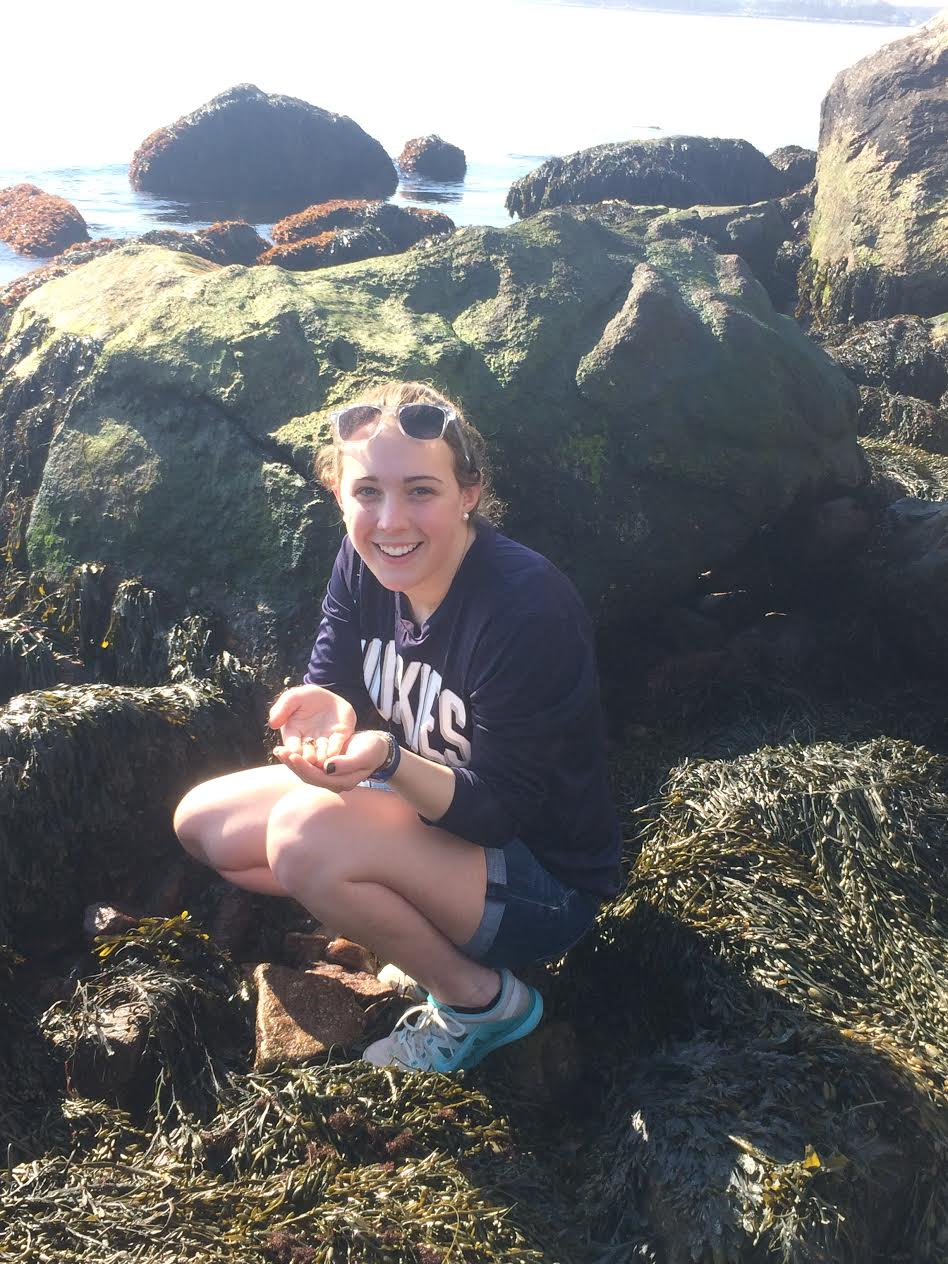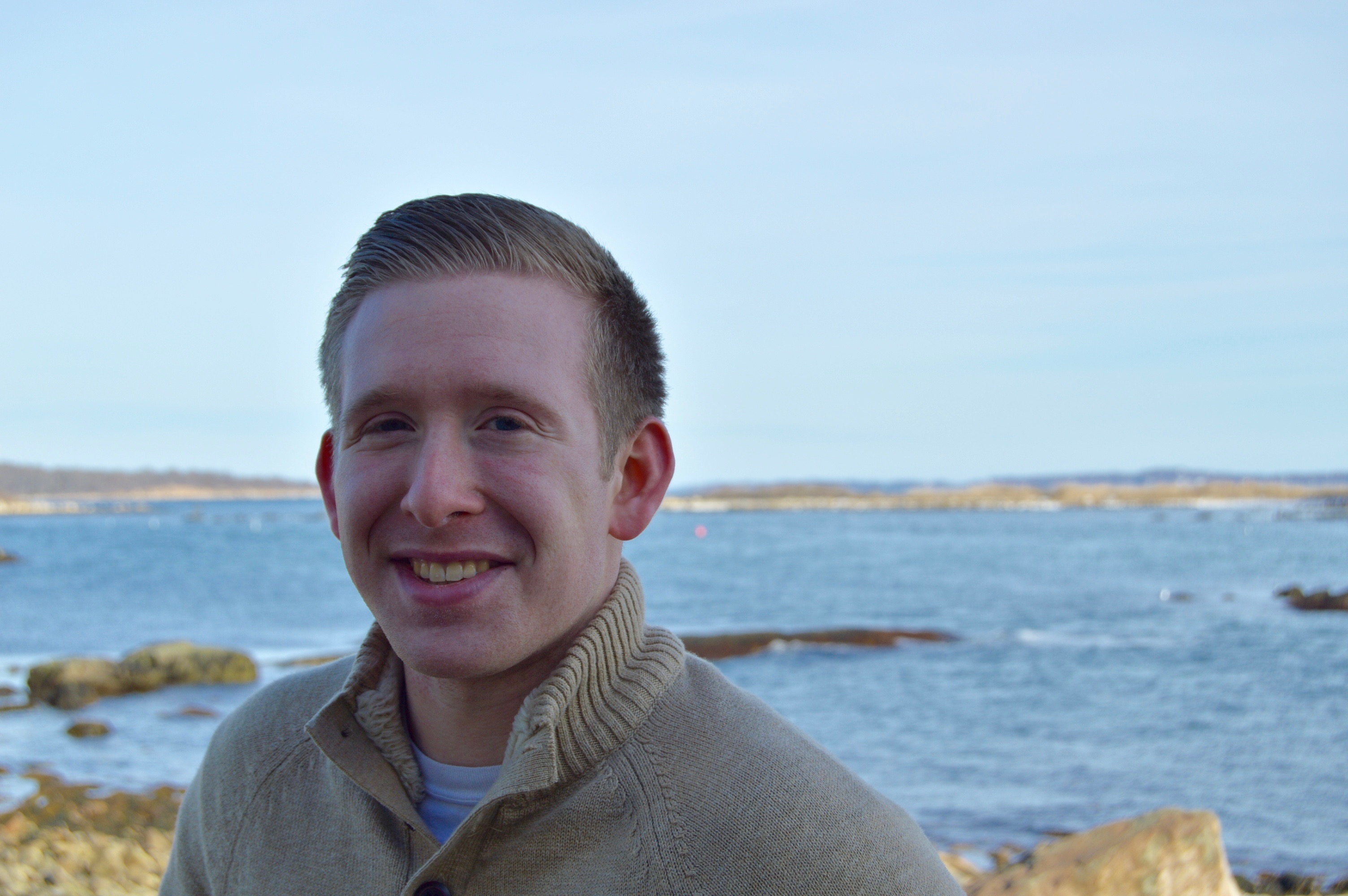Sophomore marine sciences student Jessica Hinckley is the recipient of a summer undergraduate research fellowship (SURF) where she will be working on a pioneering carbon dioxide time series in Long Island Sound with Prof Penny Vlahos. Jessica will be investigating trends and responses of dissolved carbon dioxide and oxygen under various temperature and wind conditions.
Image credit Julia Kendzierski.


